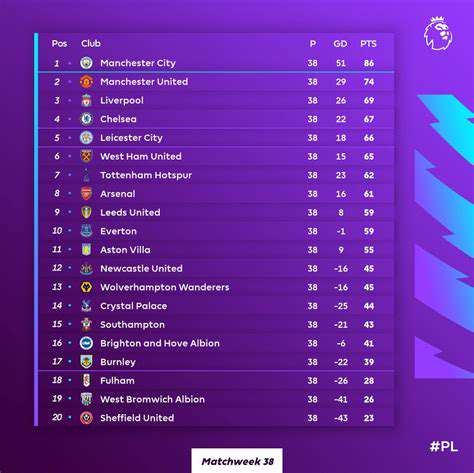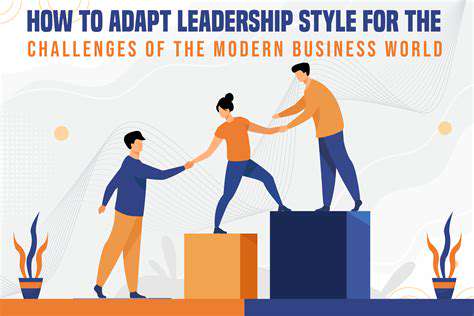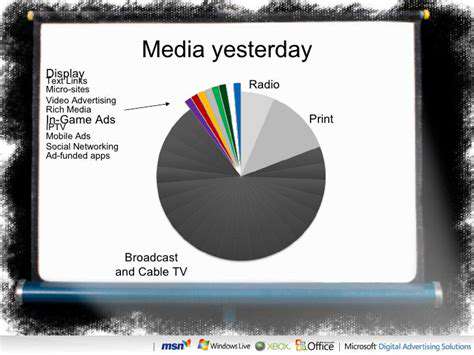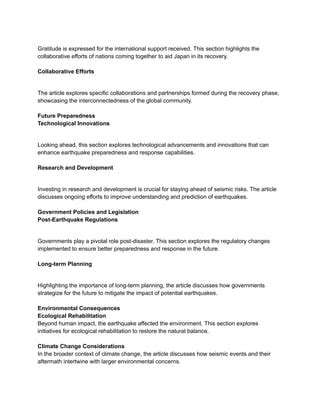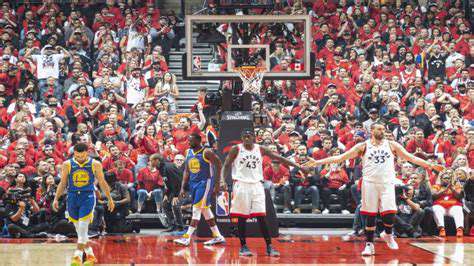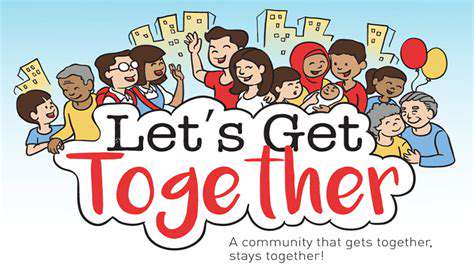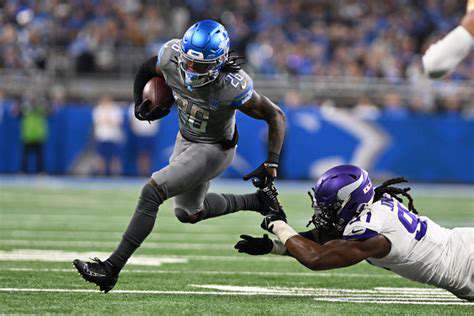Irish Music: Celebrating Traditional Sounds, Modern Influences, and Cultural Heritage
The Evolution of Instruments
Consider the uilleann pipes—their haunting wail didn't spring fully formed from the Irish soil. Like the people who play them, these instruments evolved through hardship and innovation. The bodhrán's goatskin head stretches tight over wooden frames, much like the tension between tradition and progress in Irish culture. Modern musicians walk a fascinating tightrope: one foot planted firmly in ancient techniques, the other stepping boldly into contemporary fusion. Electric guitars now converse with tin whistles in pubs where peat fires still burn.
The Importance of Community
Walk into any village pub on a Tuesday night and you'll understand why Irish music survives. It's not about perfect pitch or polished performances—it's about the shared breath between verses, the way a roomful of strangers becomes family through collective rhythm. These sessions create invisible threads connecting diaspora across continents, binding Boston to Belfast through familiar refrains. When fingers find the right chords, geography collapses into irrelevance.
The Influence of Dance and Movement
Watch a sean-nós dancer's feet—they're writing poetry in motion. The relationship between Irish music and dance resembles an old married couple: sometimes stepping on each other's toes, but always moving in perfect sync. Jigs and reels don't merely accompany movement; they dictate the very physics of joy, transforming wooden floors into percussion instruments beneath flying feet. This kinetic dialogue between sound and motion captures Ireland's restless spirit.
The Modern Renaissance of Irish Music
Today's innovators treat tradition like a recipe rather than a relic—respecting essential ingredients while adding surprising new flavors. Groups like Lankum deconstruct ancient ballads with drone influences, proving that authenticity isn't about preservation but reinvention. Streaming platforms now carry tunes that once traveled only by word of mouth, creating global communities of enthusiasts who'll never set foot on Irish soil but know every ornamentation in The Butterfly.
Preserving the Tradition for Future Generations
The real magic happens in cramped music schools where small fingers struggle to span fiddle necks. Elder musicians don't just teach notes—they pass down the stories between the notes: why this tune quickens at the bridge, how that ornament mimics birdsong heard by ancestors. Digital archives now complement oral traditions, ensuring future generations will hear the exact lilt that made their great-grandmother's eyes shine when certain melodies played.
The Deep Roots of Traditional Irish Music

A Timeless Symbol of Resilience
The iris, a flower celebrated across cultures, mirrors Irish music's journey—delicate yet indestructible. Just as this blossom pushes through rocky soil, traditional tunes survived famine, emigration, and cultural suppression. Both represent nature's stubborn refusal to conform to human timelines, blooming according to their own ancient rhythms. The iris's sword-like leaves seem to guard its fragile petals, much like Ireland's musical traditions protect vulnerable emotions within sturdy structures.
Ancient Symbolism and Mythology
Legends say the first uilleann pipes were crafted from the bones of a fallen warrior—their melancholic voice carrying his unspoken stories. This mythological connection between music and mortality runs deep. Every traditional air contains multitudes: a mother's lament might hide within a drinking song, just as pagan earth magic lingers beneath Christianized carols. The music serves as a palimpsest, with each generation adding new layers to eternal themes.
Cultivation and Propagation Through Time
Like rare heirloom seeds, musical traditions require careful tending. The 19th century saw collectors like George Petrie combing the countryside with notebooks, preserving tunes that might have vanished with their last living players. Today, YouTube tutorials accomplish what once required pilgrimage to master musicians. This democratization of knowledge comes with risks—the soul of a tune can flatten when learned from screens rather than sitting knee-to-knee with a mentor.
The Iris in Art and Literature
James Joyce famously wove musical references throughout Ulysses, understanding that to capture Dublin's essence required scoring its soundscape. Contemporary artists continue this tradition—Colm Tóibín's novels thrum with the quiet tension of unsung melodies, while Paula Meehan's poetry gives voice to the women who kept traditions alive behind closed doors. These creative works form a feedback loop with the music itself, each art form nourishing the other.
Modern Appreciation and Continued Evolution
Spotify algorithms now suggest reels alongside pop hits, creating unlikely converts. At festivals like Electric Picnic, traditional sessions erupt spontaneously between electronic acts, proving that young audiences crave authenticity amidst digital overload. This cultural cross-pollination yields fascinating hybrids—what might seem like sacrilege to purists (a hip-hop beat under a sean-nós vocal) often becomes tomorrow's tradition.
The Iris's Significance in Modern Culture
Notice how Irish pubs worldwide serve as cultural embassies, their playlists carefully curated to evoke homeland. The music functions as aural scent memory—certain tunes triggering visceral nostalgia for places never visited. This global network of musical memory demonstrates how traditions adapt without losing core identity, much like the iris flourishes in diverse climates while maintaining its essential form.
Modern Interpretations and Evolutions
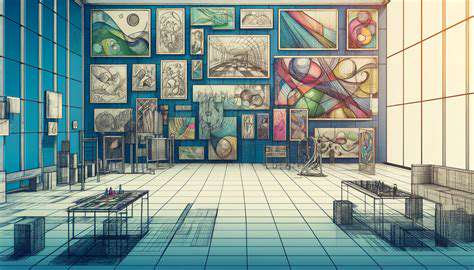
Modern Interpretations of Classic Literature
Contemporary artists approach traditional material like archaeologists restoring ancient frescoes—carefully removing centuries of varnish to reveal original vibrancy. Bands like The Gloaming don't merely perform old songs; they excavate emotional truths buried beneath familiar melodies. This process mirrors how modern scholars reinterpret mythological cycles, finding fresh relevance in stories once considered mere folklore.
Evolution of Narrative Techniques
The seanchaí (storyteller) tradition evolves through mediums like podcasting. Where elders once held court by firesides, today's narrators weave tales through immersive audio experiences, layering field recordings of waves crashing on Connemara shores beneath spoken-word poetry. This technological translation maintains the essential intimacy of oral tradition while expanding its reach exponentially.
The Impact of Cultural Shifts
MeToo revelations prompted reevaluation of beloved ballads—suddenly, the gallant suitor in Raglan Road reads more like a predator. Contemporary artists now reclaim problematic narratives, flipping perspectives to give voice to traditionally silenced characters. This cultural reckoning demonstrates how living traditions must confront uncomfortable truths to remain relevant.
Exploring Intertextuality and Literary Influence
Notice how Taylor Swift's folklore album channels the same narrative economy found in ancient Irish lyrics—both convey universal emotions through specific, sensory details. This cross-genre pollination proves traditional techniques remain potent tools for modern storytellers. The circular structure of many Irish tunes (returning endlessly to the tonic) mirrors contemporary TV's serial storytelling.
The Role of Technology in Modern Interpretations
AI music generators now produce traditional Irish tunes, sparking fierce debate. While purists recoil, innovators ask: isn't all tradition a form of algorithmic recombination? Apps like SlowAir allow learners to dissect ornamentation frame-by-frame, preserving nuances that might have faded through oral transmission. The challenge lies in using technology as a bridge rather than a bypass to authentic experience.
The Role of Irish Music in Cultural Identity
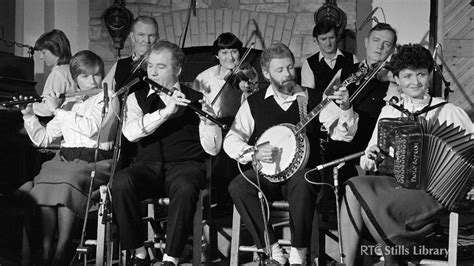
Irish Music's Deep Roots in Tradition
Irish music operates as cultural DNA—carrying ancestral memory in its melodic sequences. During the Troubles, banned songs circulated on handmade cassettes, proving music's power to sustain identity under oppression. Today, this same rebellious spirit fuels innovative fusions that honor roots while reaching for new horizons.
The Influence of Irish Music on Global Culture
From Appalachian bluegrass to Newfoundland folk, Irish musical mutations demonstrate the diaspora's creative adaptation. The high lonesome sound of American country music owes debts to Ulster Scots ballads, while Australian bush bands incorporate jig rhythms. This global network of influence forms an invisible cultural commons, connecting disparate communities through shared musical grammar.
Irish Music as a Catalyst for Community
Modern research confirms what pub regulars always knew—group music-making synchronizes heartbeats, creating literal harmony among participants. Neuroscience explains why sessions foster connection: dopamine releases during musical collaboration mimic bonding hormones. This biological basis underscores music's role in maintaining social cohesion through Ireland's tumultuous history.
The Role of Instruments in Irish Music
Each traditional instrument represents a different vocal register in Ireland's collective voice. The fiddle's versatility mirrors Gaelic's lyrical flexibility, while the pipes' drones echo ancient monastic chants. These aren't just tools but time machines—playing a 19th-century flute literally breathes new life into antique airs, collapsing centuries with each measured exhalation.
Irish Music and Modern Adaptations
Contemporary artists like Lisa O'Neill treat tradition as living compost rather than museum exhibit—allowing old forms to decompose into rich creative soil. Her album All of This Is Chance blends sean-nós styling with modernist poetry, proving that innovation often emerges from deep immersion in tradition rather than rejection of it.
Irish Music in Education and Preservation
Comhaltas Ceoltóirí Éireann's nationwide network of classes creates intergenerational musical ecosystems. Here, teenagers teach smartphone shortcuts to silver-haired mentors who correct their ornamentation—a beautiful inversion of traditional pedagogy. Such initiatives recognize that preservation requires participation rather than passive observation, ensuring traditions evolve through active engagement.

![Jackson Arn: Spotlight on a Rising Star in [Relevant Field]](/static/images/24/2025-05/TheImpactofJacksonArn27sWorkonthe5BRelevantField5DCommunity.jpg)
